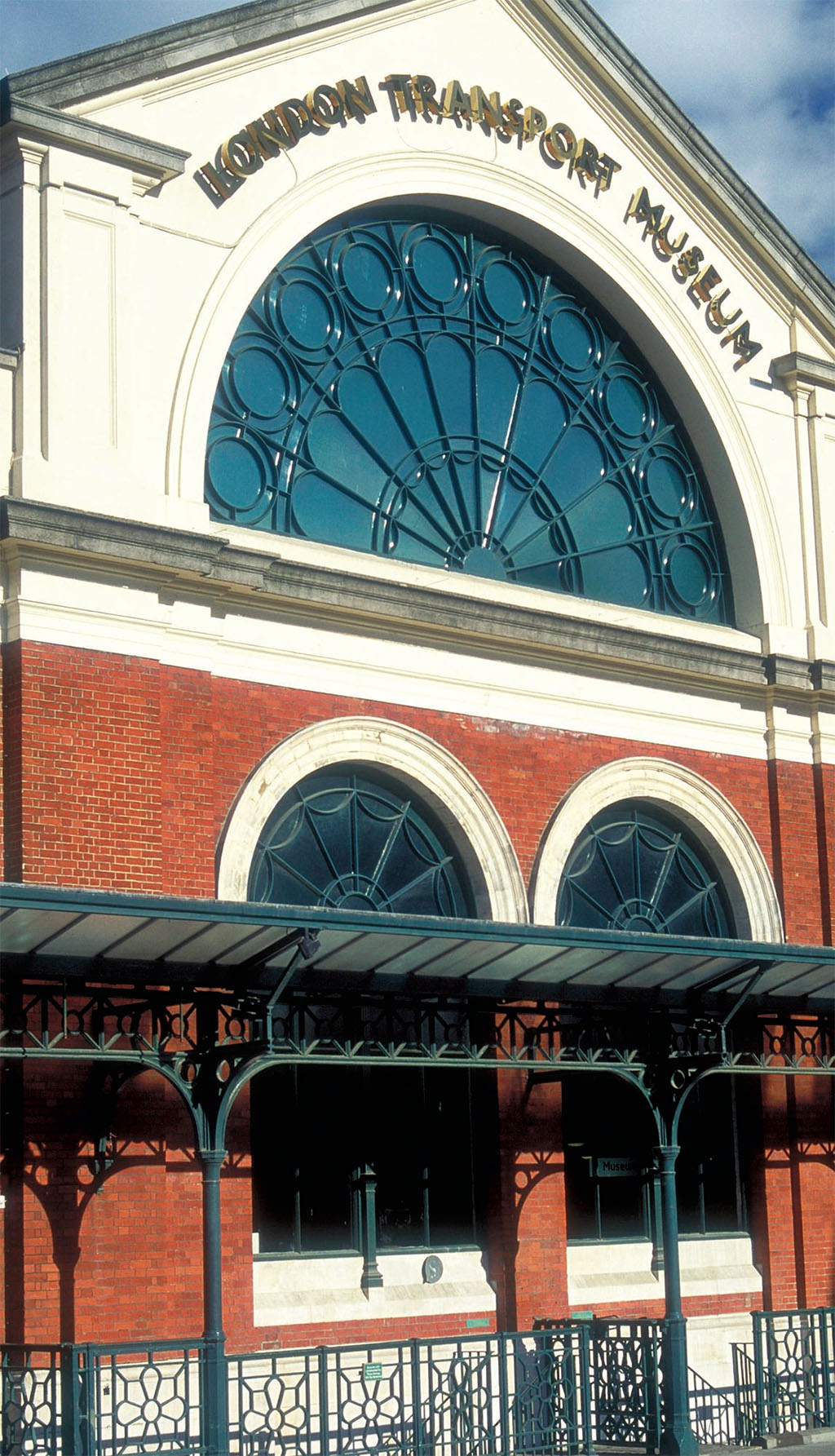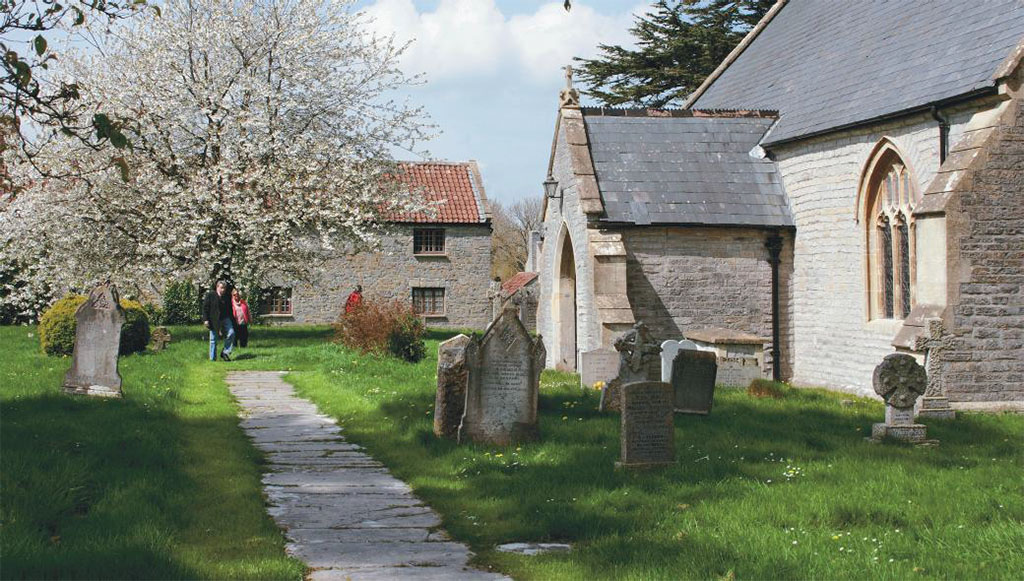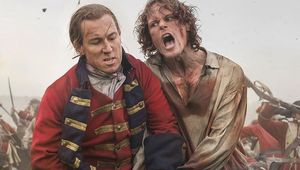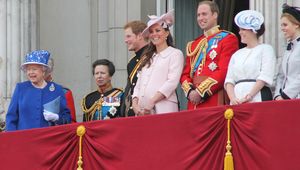
Cultivating Covent Garden
[caption id="StreetlightsofLondon_img1" align="aligncenter" width="80"]

www.britainonview.com
NATIVES AND HABITUÉS know that London is a city of villages, a kaleidoscope of neighborhoods each with its own character and local color. Over the next several issues, we will visit some of the interesting neighborhoods in and around central London, just to find out what is going on. This issue, Barbara Cooper visits Covent Garden to introduce the new “Streetlights of London” series.
London’s Covent Garden neighborhood has a wide variety of places where the visitor can wander and wonder: from historic building facades to outdoor entertainment, and from an array of international cuisines to museums and theaters. Under this tourist-driven activity, there beats the heart of a neighborhood, a community.
Because the Covent Garden Underground station brings passengers to the surface in a lift, the first impression visitors get as they exit from the tiny foyer onto Long Acre Street is that of being thrown into a churning, bustling locale. The facade of the station is emblazoned with a red-glazed exterior that dates from 1906 and has the classic lettering: “UndergrounD,” with the recognizable capital “U” and “D.” This is London Transport’s busiest station, accommodating 16 million to 18 million passengers annually; the area itself welcomes more than 30 million visitors a year.
Comprising 96 acres, Covent Garden is bordered approximately by Charing Cross Road, The Strand, Kingsway and High Holborn. The whole area is a conservation zone and many of the structures are “listed,” so building facades must be maintained exactly as they were 100 or more years ago. Even the street lamps are protected and glow as they did in earlier eras.
[caption id="StreetlightsofLondon_img2" align="aligncenter" width="1024"]

www.britainonview.com
Visitors usually head for the famous Piazza, the physical center and heart of the Covent Garden neighborhood. Originally, the buildings were home to England’s largest fruit, “veg” and flower market, which had operated there for more than 300 years before it moved in 1974 to Nine Elms. In the 1980s, the market’s Jubilee Hall was saved, renovated and redeveloped into several types of businesses, including Jubilee Market—officially opened by Queen Elizabeth II in August 1987.
Visitors flock to the cobblestoned Piazza for outdoor performances by musicians, mimes, magicians, jugglers and other performance artists. Here they will also find St. Paul’s Church (known as the Actors’ Church), the Theatre Museum, Jubilee Market, the Transport Museum and the 300-year-old facades of various buildings, 266 of which are protected from destruction or exterior renovation.
Visitors facing the portico of St. Paul’s Church on the Piazza will recognize it as the location where Liza Doolittle encounters Professor Higgins in G.B. Shaw’s Pygmalion; the same scene was used later in the musical and film My Fair Lady. It was in front of this porch that Samuel Pepys watched the first Punch and Judy show in the 17th century. Today, there might be a special event staged on the Piazza: a food fair featuring fresh produce, meats and wine; or the launch of a new product.
In front of the Theatre Museum, just off the Piazza, stands an Evening Standard broadside proclaiming:
First Theatrical Knight Dies
See Inside for Details
[caption id="StreetlightsofLondon_img3" align="aligncenter" width="1024"]

www.britainonview.com
The knight in question is Sir Henry Irving, who died in 1905. The museum recently celebrated this centenary by showcasing hundreds of the actor’s scripts, along with memorabilia from his career. The Lyceum Theatre, where Irving performed, is just a few minutes’ walk from the museum.
Queen Elizabeth II opened the Theatre Museum in 1987. Originally housed in the Victoria and Albert Museum, it is unique in the UK as the only museum dedicated to performance art, from theater, ballet, circus, rock and pop to that very British institution, the music hall. An ongoing exhibit features a look at the famous West End theater district.
[caption id="StreetlightsofLondon_img4" align="aligncenter" width="1024"]

www.britainonview.com
The museum recently purchased the Redgrave family archive and has mounted a comprehensive exhibition covering the theatrical family’s history and contributions to the British theater and cinema. Artifacts include rare silent-film footage of Roy Redgrave, father of Michael Redgrave, and grandfather of Vanessa, Lynn and Corin. The dynasty is now in its fourth generation with Natasha and Joely Richardson, and Jemma Redgrave. Costumes, posters, video interviews, programs and film clips are also part of the exhibition.
Another museum exhibit is set to open next year: “Unleashing Britain: 10 Years That Shaped the Nation, 1955-1964.” It will trace how that decade’s productions—from Samuel Beckett’s Waiting for Godot to John Osborne’s so-called “kitchen sink” plays—changed what is British theater today.
Among the outstanding artifacts in the museum’s holdings is the backcloth by Pablo Picasso for the Ballet Russe’s 1920s Le Train Bleu. Recently restored, it is currently on display in Italy, and has yet to be exhibited at the Theatre Museum because of its size.
The collections have an ideal home because of the museum’s location in “Theatreland,” which is closely associated with Covent Garden. The adjacent Royal Opera House lends from its private collection and borrows from the Theatre Museum’s archives for its own exhibits, including a recent one on choreographer Kenneth MacMillan. Just a few cobblestones away from the museum are the Theatre Royal Drury Lane, the Fortune Theatre and others.
On Bedford Street, at the west end of the Piazza, St. Paul’s Church offers a respite, a place of calm that contrasts sharply with the cacophony of the surrounding area. A weary visitor can sit outdoors on benches and listen to the wind in the trees or to birds chirping. A placard reminds guests of the sanctity of the garden: “Please respect the many people who are buried beneath the stones and lawns, including some who perished in the Great Plague of London in 1665.”
The path into the church is home to a walk of fame, a promotion for the 50 years of broadcasting at ITV. Names include such disparate types as Sir Rex Harrison and Lord Laurence Olivier; Sir Bob Geldof and the Rolling Stones; and Dames Gracie Fields and Alicia Markova. St. Paul’s was completed in 1633 and is the only surviving building that was designed by architect Inigo Jones. It is obvious why it has been dubbed the “Actors’ Church.” There are plaques commemorating famous personalities in the arts, including Thomas Arne, composer of “Rule Britannia,” dancer/actor Robert Helpmann, from the 1948 film The Red Shoes (whose setting is Covent Garden), and singer/actor Stanley Holloway, who portrayed Liza’s father in My Fair Lady.
Restaurants abound where tourists are found, and Covent Garden is no exception. Spanish, Indian, Chinese, vegetarian and “Cornish fayre” are a few of the menus available at the local establishments. For a pub experience, the most famous is the 300-year-old Lamb and Flag on Rose Street, a wood-fronted, wood-floored and paneled remnant of the past. Tourists and locals drop in for a pint and possibly a ploughman’s lunch. For more elaborate fare with an equally historic ambiance, there is Rules on Maiden Lane (see January 2006).
Within the borders of Covent Garden, the visitor will find buildings with varied pasts. The Garrick Club was founded by thespians, and membership is still limited to actors and their associates. The Bow Street Police Station, just across the road from the Royal Opera House, is associated with Oscar Wilde. (Visitors and residents alike should hurry to see this building and the adjacent Magistrates Court, where Gilbert and Sullivan’s Trial by Jury takes place, as it is due to be converted into a hotel sometime in 2006.) Macklin Street is today home to several high-end businesses, a gym/spa and school, but at one time it was home to a different clientele; and if today’s visitor chooses to peer into the past, he or she would see the many brothels that were operating around this area in the 19th century.
The Covent Garden Community Association, founded in 1971, was one of the important forces in preventing demolition of the historic market buildings. It addresses neighborhood issues such as dislodged paving stones, lighting, street furniture and the ever-growing problem of excessive advertisements, in an attempt to maintain some of the historic ambience.
To paraphrase Sherlock Holmes: Chance has put in our way a most singular neighborhood, Covent Garden. A visit is its own reward.









Comments